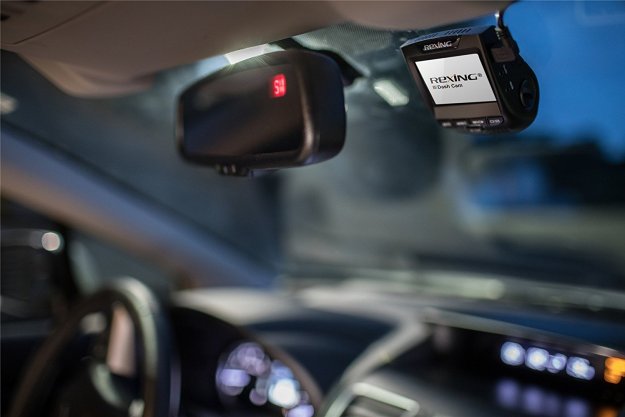The march toward an unstoppable army of robot cars continues. This time it’s Ford developing our future overlords. Specifically, Ford has just revealed its new Fusion Hybrid Research Vehicle, which will act as a test platform for autonomous driving.
This is actually a joint project between Ford, University of Michigan, and State Farm. The presence of an insurance company may seem odd, but the reality is that insurance companies will have to be on board with any move toward autonomous cars. Almost every state requires some form of car insurance for its drivers, so if you can’t get your self-driving car insured, you are going to have to sober up and drive it yourself.
The main feature of the Fusion research vehicle is its LiDAR (Light Detection And Ranging) sensor system. Placed in four rotating cowls on the roof, the LiDAR might look like a police light bar, but they are actually spinning lasers. The swath of lasers spin and the reflections are picked up by passive sensors in the car. Like radar or sonar, these reflections are measured to detect distance and create a 3D map of the world around the car.
This system would be the eyes of a self driving car, and similar systems are already in use on other automated vehicles. It’s worth mentioning, though, some other companies testing autonomous driving use optical and millimeter wave radar rather than LiDAR.
However, there are uses other than pure autonomous driving. Active safety systems also need detectors to point out hazards to the driver or engage assisted braking. With this in mind, Ford has said that the Fusion Hybrid research vehicle will be used for research of technologies used in multiple applications.
All this effort is part of Ford’s “Blueprint for Mobility”, which is trying both to outline the future of transportation and develop the technologies to get there. In the short term, that research is focused on platforms like the Fusion which evaluate sensor and computer packages.
The next step is vehicle to vehicle communication, which will allow for denser and safer driving patterns of multiple autonomous vehicles. All this sounds great, but I am still waiting for a nude Arnold Schwarznegger to appear and tell me he has come from the future to battle Ford’s Skynet.


